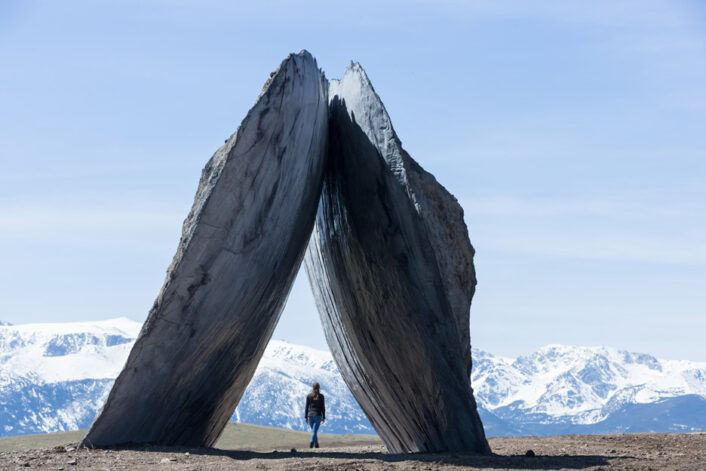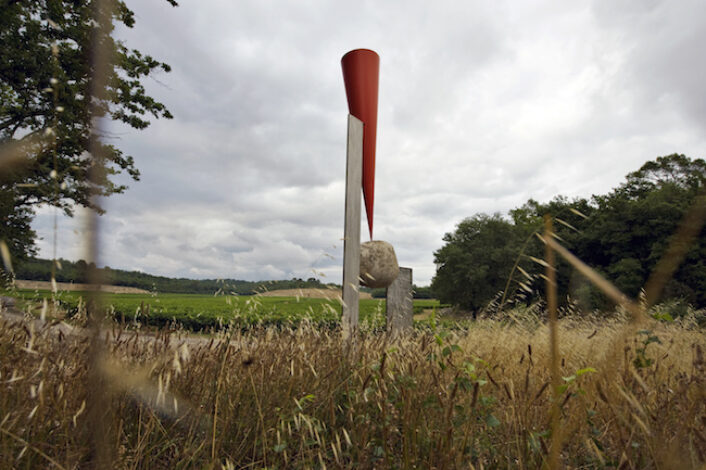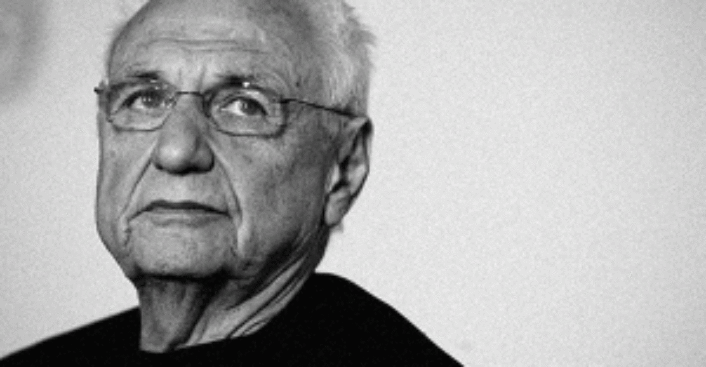Culture
Storm King Art Center
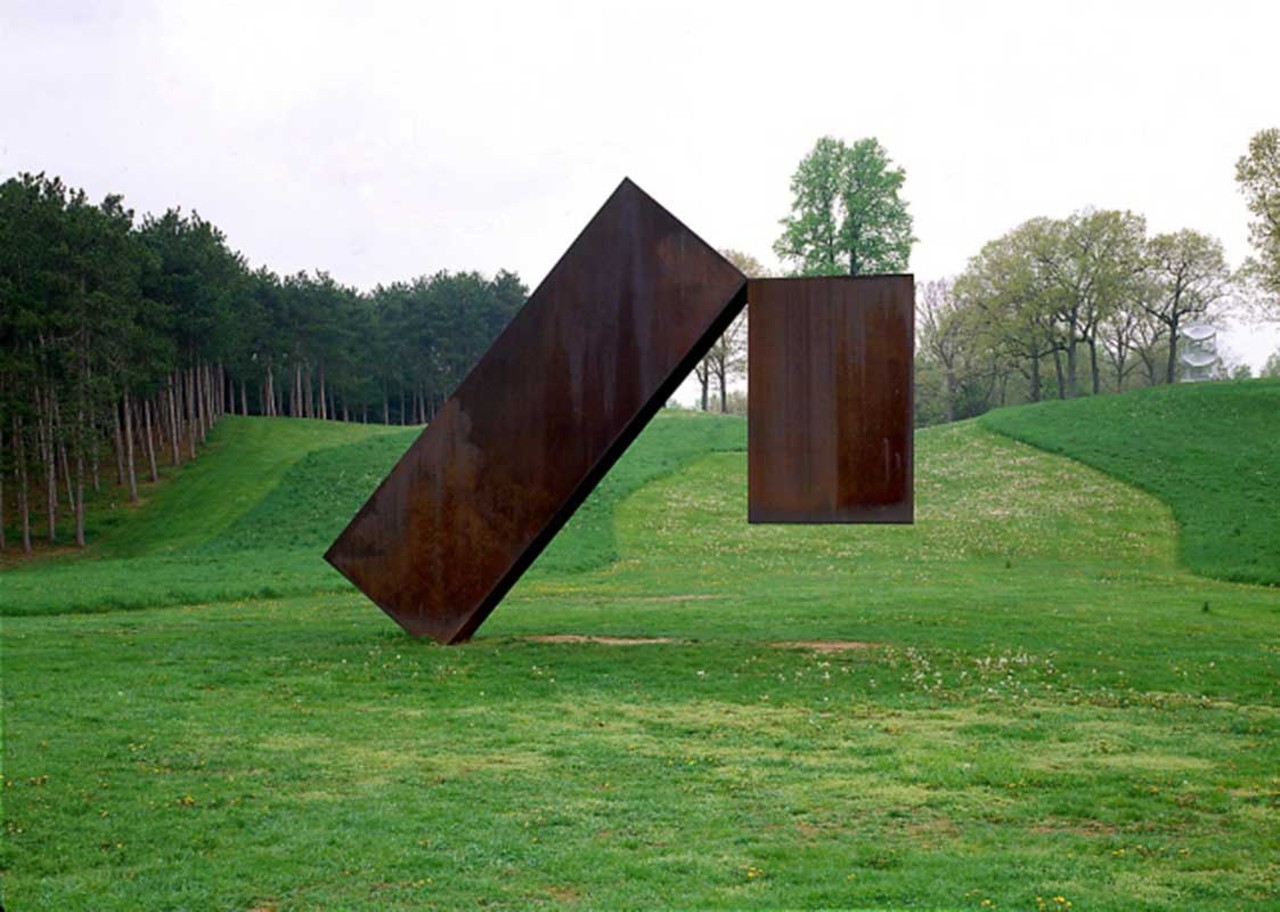
“Suspended,” 1977 by Menashe Kadishman. Made from weathering steel.
Image courtesy of: Chronogram Magazine, photographed by: Jerry L. Thompson
Storm King Art Center in Cornwall, New York was founded in 1960. Set in picturesque Hudson Valley, the “center” is home to many large-scale sculptures and site-specific works that are scattered around a 500-acre landscape. Among the hills and fields, the outdoor collection is a wonderful assortment of modern and contemporary art from 128 artists from around the world.
Considered to be America’s largest outdoor sculpture park, some of the artists who display here are Alexander Calder, Maya Lin, and Louise Bourgeois. In the past year and a half, Storm King Art Center has been popular as it is a fantastic way to view art while remaining socially distant and outdoors.
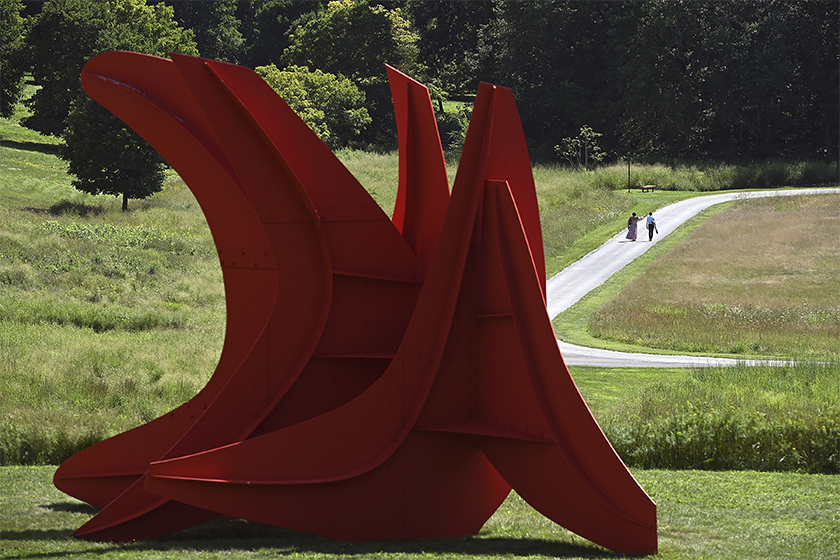
Alexander Calder’s “Five Swords,” 1976.
Image courtesy of: ARTNews, photographed: Anthony Behar
The center started off quite small; John Stern, the center’s president since 2008 said (courtesy of ARTnews), “My grandfather started this from his love of the Hudson Highlands.” After retiring from a long career in his family’s business, Star Expansion Company, Ralph E. Ogden decided to purchase a 180-acre estate in Mountainville, New York. Two years later, he opened the land to the public and started the collection with a small number of sculptures he acquired in Europe.
Initially, the center’s sculptures were displayed around the main building… however as time passed, the collection expanded into the landscape. The surrounding landscape was redesigned by William Rutherford and his wife Joyce, and the main house was redesigned by Ogden’s previous business partner, Peter Stern. Stern would go on to become the center’s chairman and president until after Ogden’s death in 1974. During his time at the helm, he added many pieces that would become some of the collection’s best recognized.
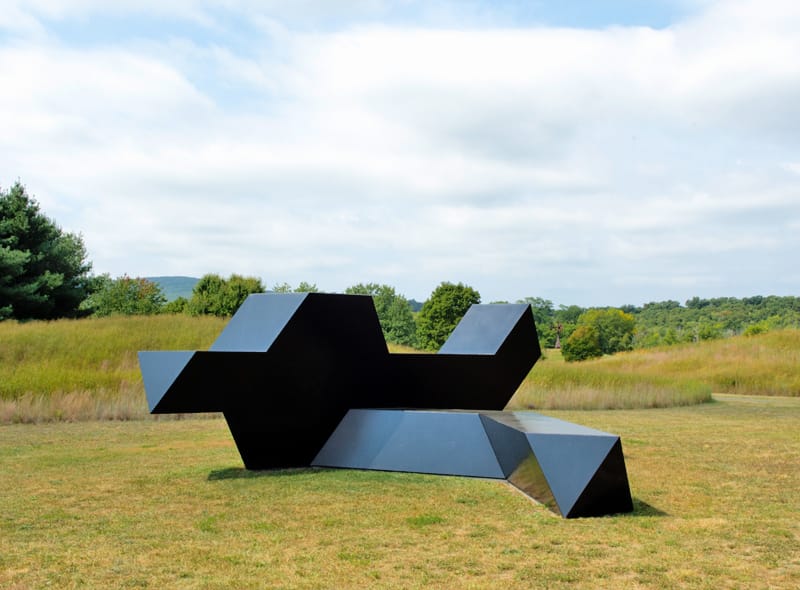
Tony Smith’s “Source,” 1967.
Image courtesy of: Living Greenwich
In 1967, the founder traveled to the Adirondacks to visit David Smith’s home and studio. The Abstract Expressionist sculptor had died suddenly two years earlier and Ogden wanted to see Smith’s outdoor arrangement as inspiration for his ongoing project. Once there, he fell in love with thirteen brightly colored steel, iron, and bronze pieces. Ogden says the collection was established once he purchased these pieces from Smith.
David Collens, the center’s chief curator since the 1970’s, developed the idea that each piece needed its own space in the landscape. As such, the original 250 acres expanded in 1985 when the Star Expansion Company donated two tracks of land in honor of the center’s 25th anniversary. Another gift was a one hundred-acre parcel of farmland that butted up to the center; it has been used to house new additions.
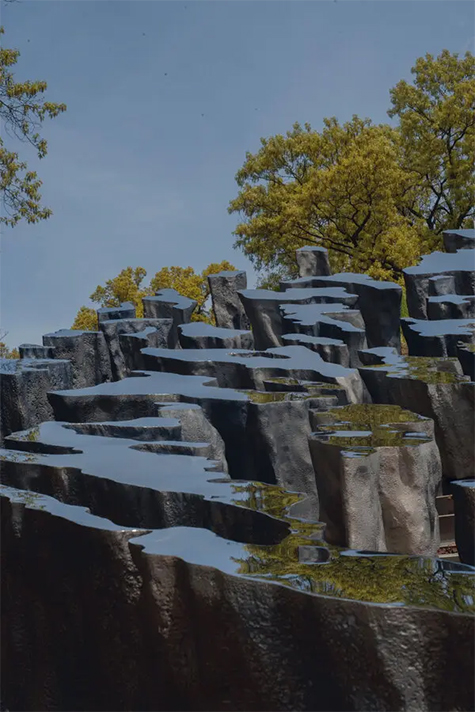
“Fallen Sky” by Sara Sze, unveiled to the public on June 12th.
Image courtesy of: The New York Times, photographed by: Lila Barth
The most recent and greatly exciting new piece is by Sarah Sze; it was commissioned in 2018. Unfortunately, the commission was submitted before the pandemic struck. “Fallen Sky” is only the third piece represented by a female artist. By the spring of 2020, “Fallen Sky” had moved stages from sketch to handmade clay model and digital imagining. Next, it was time to find the right foundry… six foundries from around the world submitted proposals. As luck would have it, the best one was from UAP, a facility just twenty minutes away.
Like most places, UAP was hit by Covid and forced to close. When the foundry reopened last summer, Sze’s project was at the forefront; aside from the prestige, this commission presented the opportunity to employ 100 artisans. The personnel at Storm King Art Center loved the fact that they were supporting local businesses and the local community!
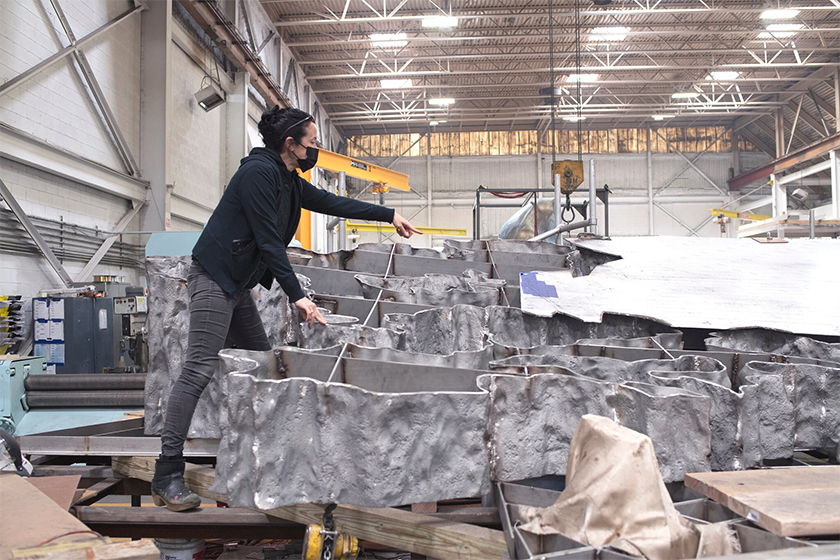
Sarah Sze at work…
Image courtesy of: The New York Times
The huge foundry performed as necessary… it was able to melt down the steel pieces in the 3,000 degrees Fahrenheit oven. Dave Rollins, Esteban Flores Trinidad, Eddie Sanchez, and Vicente Cardoso, dressed in aluminate aprons, poured a glowing liquid metal into two preheated crucibles. Afterwards, they transported the called towards the sand molds (these were made by compressing sand around Sze’s handmade clay sculptures). At Sanchez’s signal, the team poured the metal into the molds… a loud splash occurred as the steel splattered off the floor as little metal balls.
Most of the coarse pink sand that was hammered away to reveal the metal masterpiece inside was still warm the next day. Each of the 130 steel pieces that make up “Fallen Sky’s” visible parts were then polished and finished under Sze’s watch.
Sze hopes that “Fallen Sky” will provide a bit of inspiration to those visiting. And maybe… a moment of “revival.”
